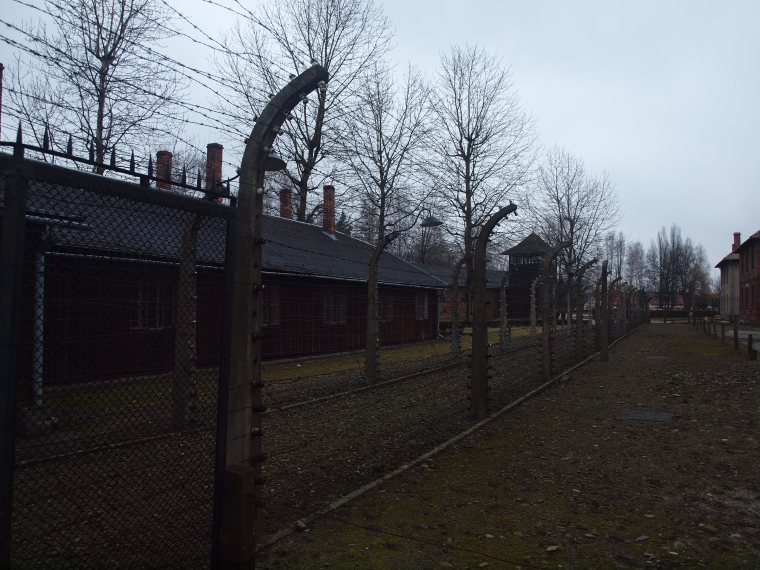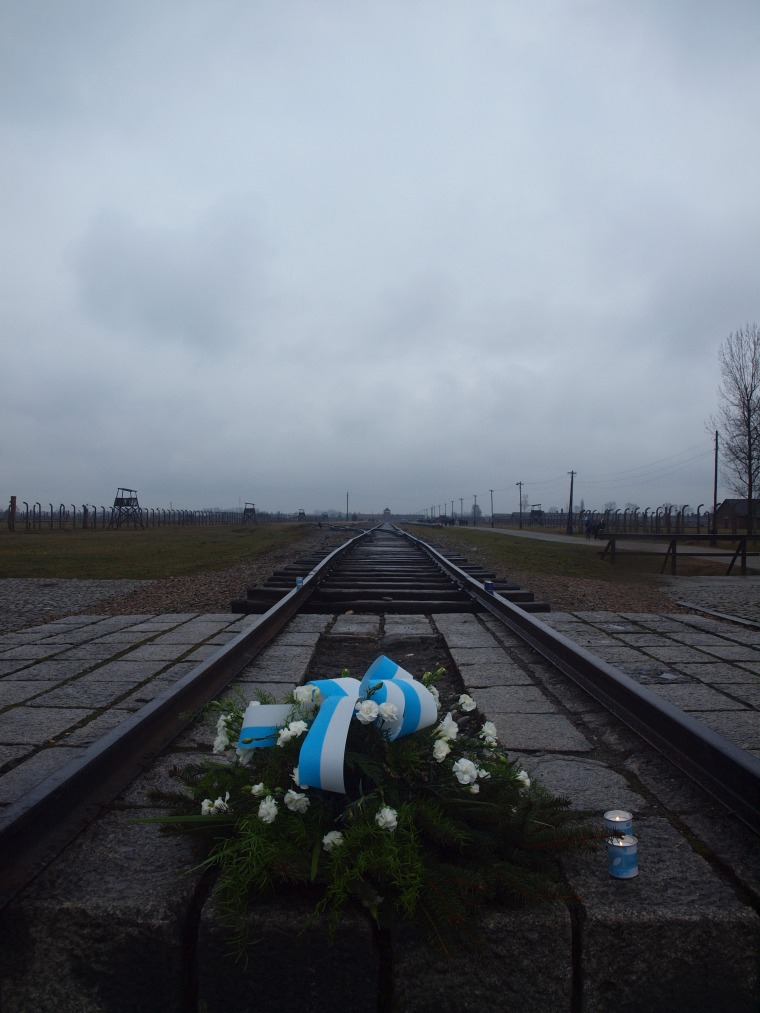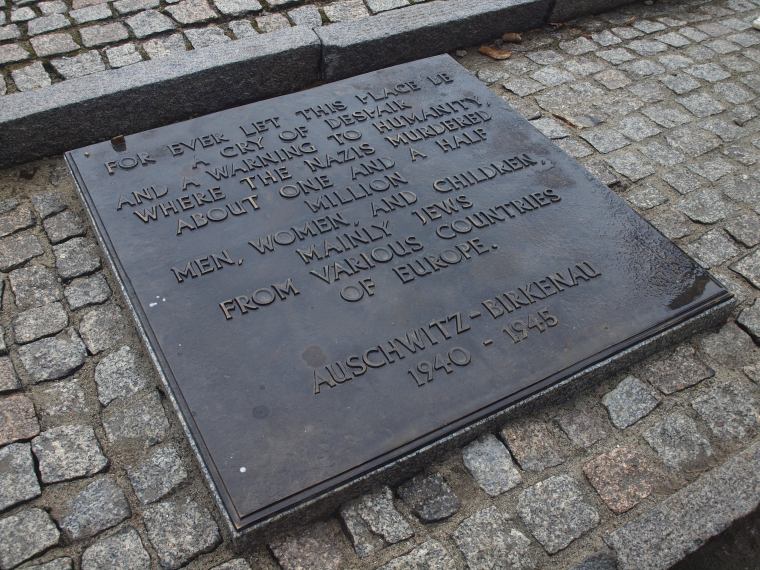1.1-1.6 million people were killed at Auschwitz, and while the final figure may never be known, it remains the site of the worst act of mass murder in human history. The site that remain has been preserved to serve as both a museum and memorial to the victims.
Auschwitz is about an hour and a half bus ride from Kraków. The weather was dreary that morning, but irregardless, sunny weather wouldn’t brighten anyones spirits during the tour. I booked a tour through my hostel for 135 PLN ($34 USD), and was provided roundtrip door-to-door transportation in a van, group entrance to both Auschwitz I and Auschwitz II (Birkenau) and a guided tour of both sites (3.5 hour combined tour between both sites).
The van arrived to pick me up at the hostel around 9:30am. After a few more stops to pick up some other people, we were on our way and arrived around 11:15am. I met some other travelers from the UK, Australia, South Korea, and Qatar, all who were on their first visit to Kraków and Auschwitz.
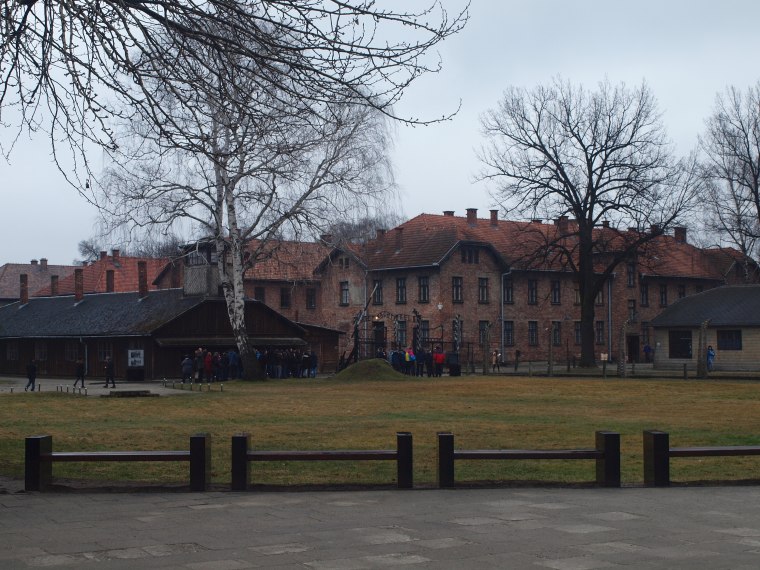

Our guided tour, consisting of walking among the buildings and touring many of the original “blocks”, lasted 2.5 hours. At the request of the museum, we asked to refrain from taking picture in certain buildings. It was difficult as we toured the blocks that once housed the “lucky” ones who were fortunate to live in the work camps. Few words were needed to truly understand the atrocities that once took place where we were currently standing. Some of the rooms displaying personal artifacts, such as shoes, combs, luggage, glasses, and most touching, human hair, were very moving and the entire camp cast a somber and sad feeling at each turn.
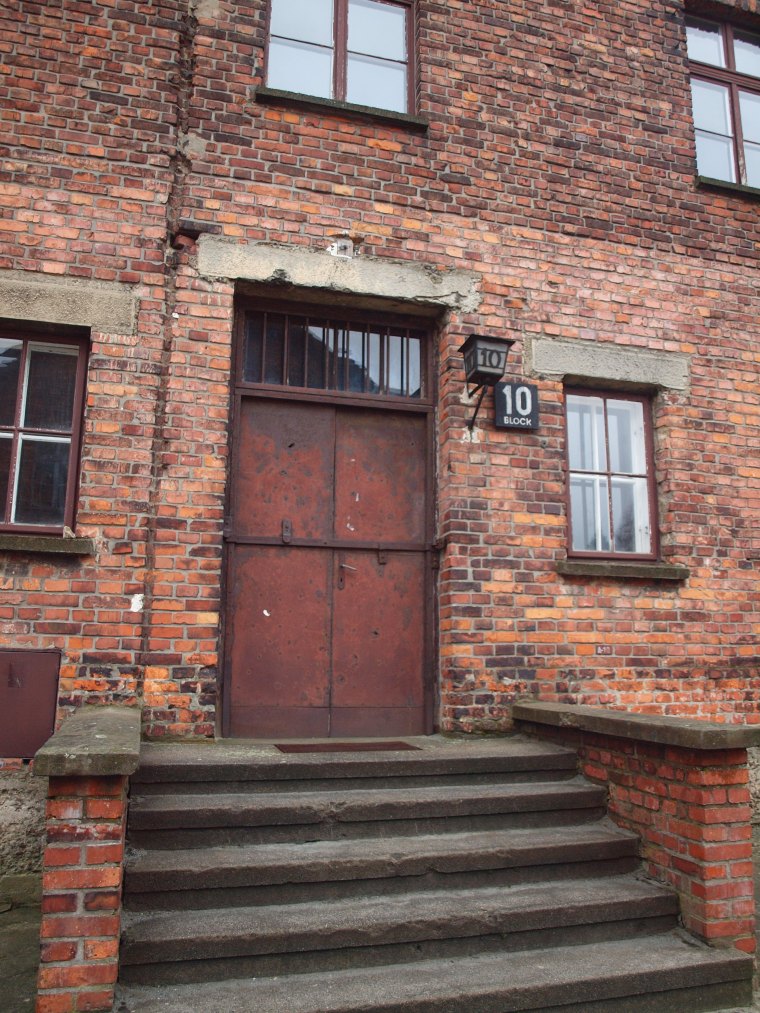
One of the stories we were told was that the Nazi’s tricked the Jews into thinking they would be going for a shower after their multi-day train ride to Auschwitz, only to be led into underground gas chambers and killed. What is even more sad and ironic is that the chemical gas used to “exterminate” these defenseless people was originally created by a Jewish scientist.
After touring the main extermination camp, our van brought us to Birkenau (or Auschwitz II). It was a larger camp than Auschwitz I. It is also much more desolate as many of the original wooden buildings were eventually torn town. Only the foundations and chimneys remain for many of the blocks.
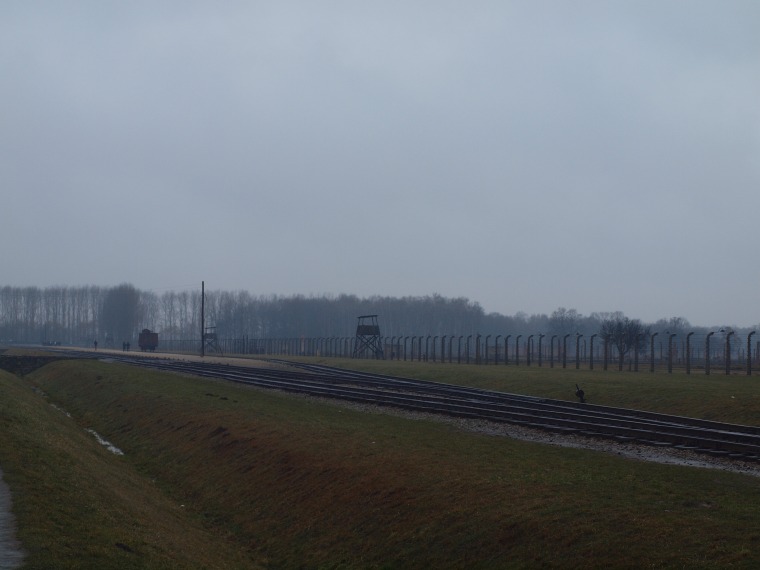
This location, however, is infamous for the train tracks that lead to no-where. Here, we saw where the trains would bring in deported Jews from the ghettos throughout Europe. As they debarked the train cars, they would form a line in front of doctors who would take 1-2 seconds to decide if you would live (point right) or die (point left). Those deemed fit to work would usually work for 3-6 months until they either died of exhaustion or were no longer fit to work. Some who survived until liberation have gone on to write many famous books.
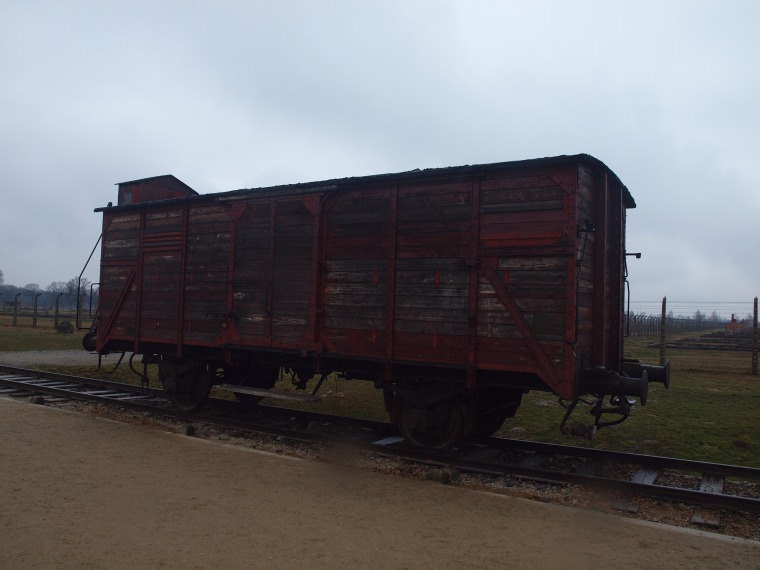
We walked around the grounds, seeing the memorial and few original structures still standing. The one we entered was an original bunk house on one of the blocks. 600-800 people would be crammed into these small halls and sleep in bunks 3 high, 4 on each level.
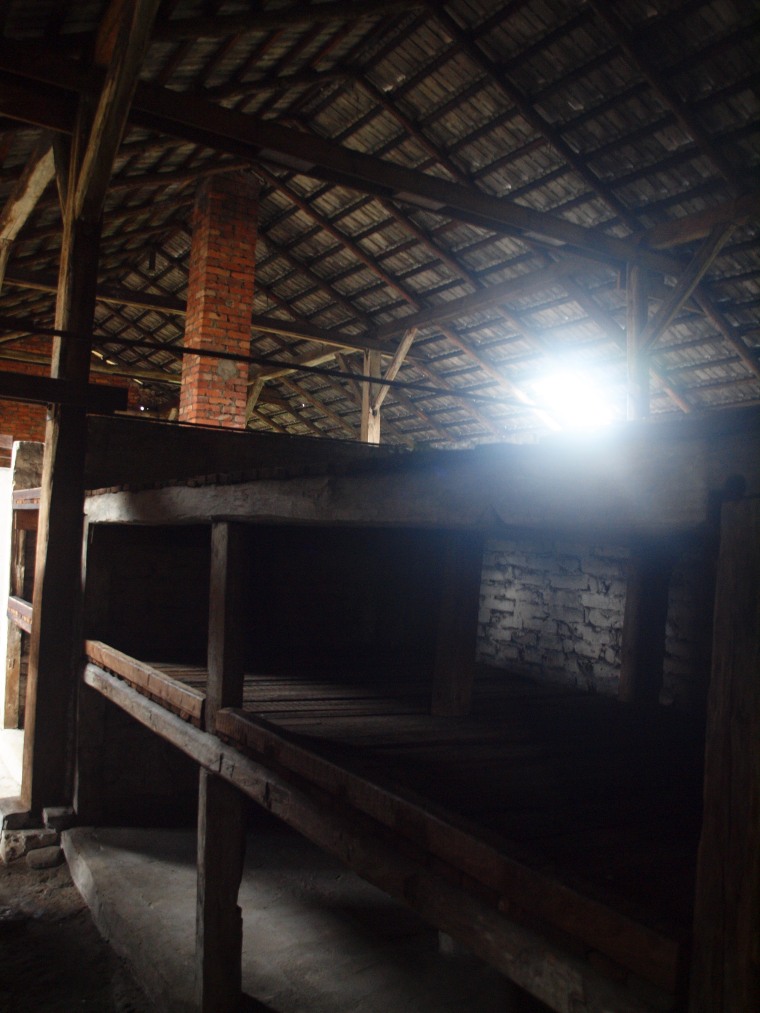
A somber and sobering experience; certainly one I will not forget. If you travel to Kraków, I urge you to see this historical site for its significance in our history and to pay respects to the millions of innocent lives lost during The Holocaust. We will never know what the victims could have been and their contributions to society. However, we can only work together to make sure the same atrocities do not happen again.

